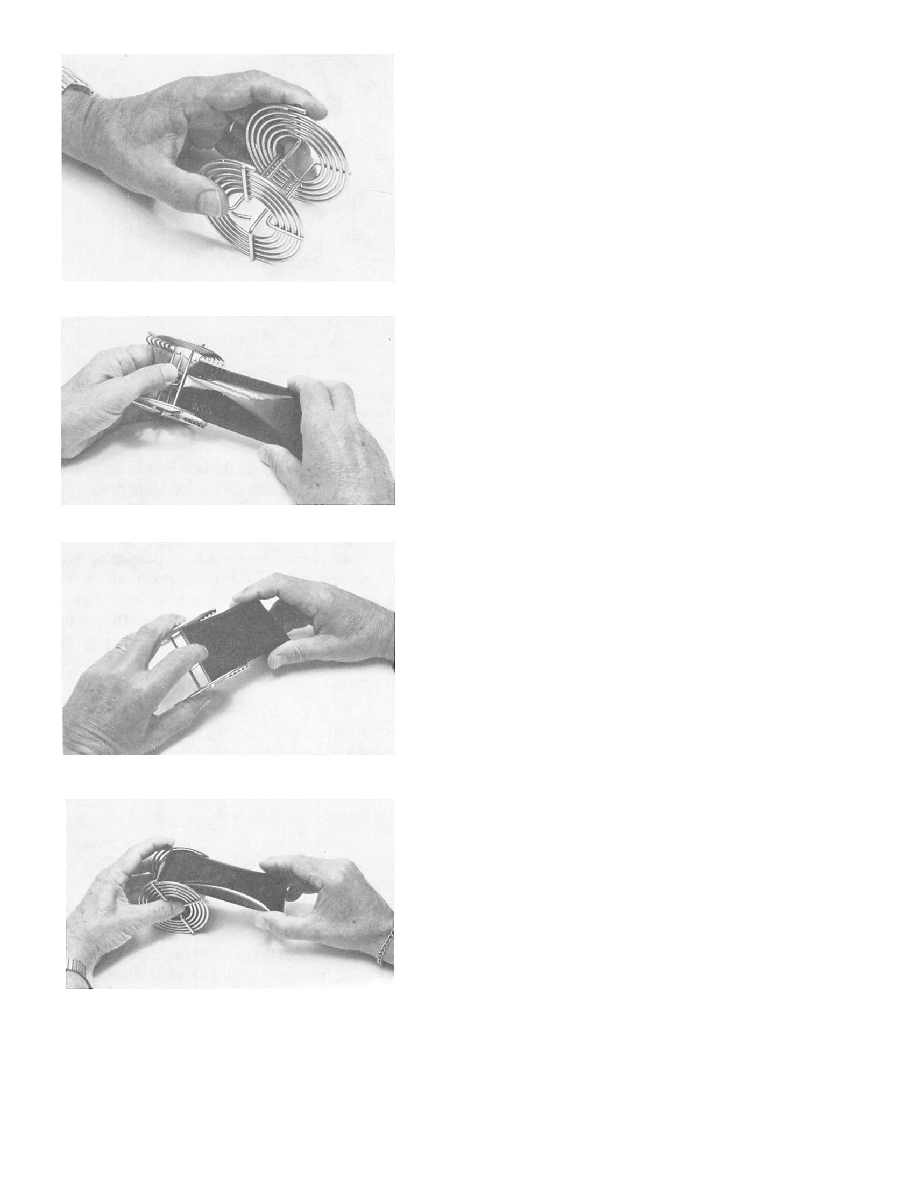
DOFMaster
for Windows
On-line
Depth of Field
Calculator
DOFMaster for Mobile Devices
On-line
Depth of Field
Table
Hyperfocal
Distance Chart
Articles
FAQ
Recommended
Books
Support
Contact
Links
Home
for Windows
On-line
Depth of Field
Calculator
DOFMaster for Mobile Devices
On-line
Depth of Field
Table
Hyperfocal
Distance Chart
Articles
FAQ
Recommended
Books
Support
Contact
Links
Home
As an Amazon Associate I earn from qualifying purchases.
![]()
into the cassette, cut the tongue off and leave the film in
the cassette.
right. Allow about 3 more inches of the paper backing
to unroll. Bow the film and place it straight into the
reel core. Smoothly and slowly turn the reel
counterclockwise, guiding the film onto the reel.
Allow the paper backing to unwind as the film is
wound onto the reel.
backing. With 35mm film in a cassette, the film stops
unrolling from the cassette when the end is reached.
film from the paper backing or cut the 35mm film
right next to the cassette, being careful not to pull the
film from the reel. Finish loading the reel.
backing on 220 film serves as a leader and tailer that
are taped to the ends of the film. Therefore, when
using the third method described above, you must
remove the paper tailer from the film before loading
the reel.
darkness until you feel comfortable and do not damage
the film. Only after you have the reel(s) loaded properly,
should you think seriously about processing.
the extra space in the tank with enough empty reels to
fill the tank. The empty reels go into the tank on top
of the reels holding the film. When you are pouring
solutions into the tank, completely cover ALL the
reels in the tank.
without removing the cover. Only one tank is needed
because the required solutions are poured out of and
into the tank through the tank cover during
processing. This can be done in white light. The
chemicals should be arranged in the darkroom sink
from left to right (developer, stop bath, etc.) and be
Basic Photography Course

As an Amazon Associate I earn from qualifying purchases.
WWW.DOFMASTER.COM
© 2006 Don Fleming. All rights reserved.
© 2006 Don Fleming. All rights reserved.